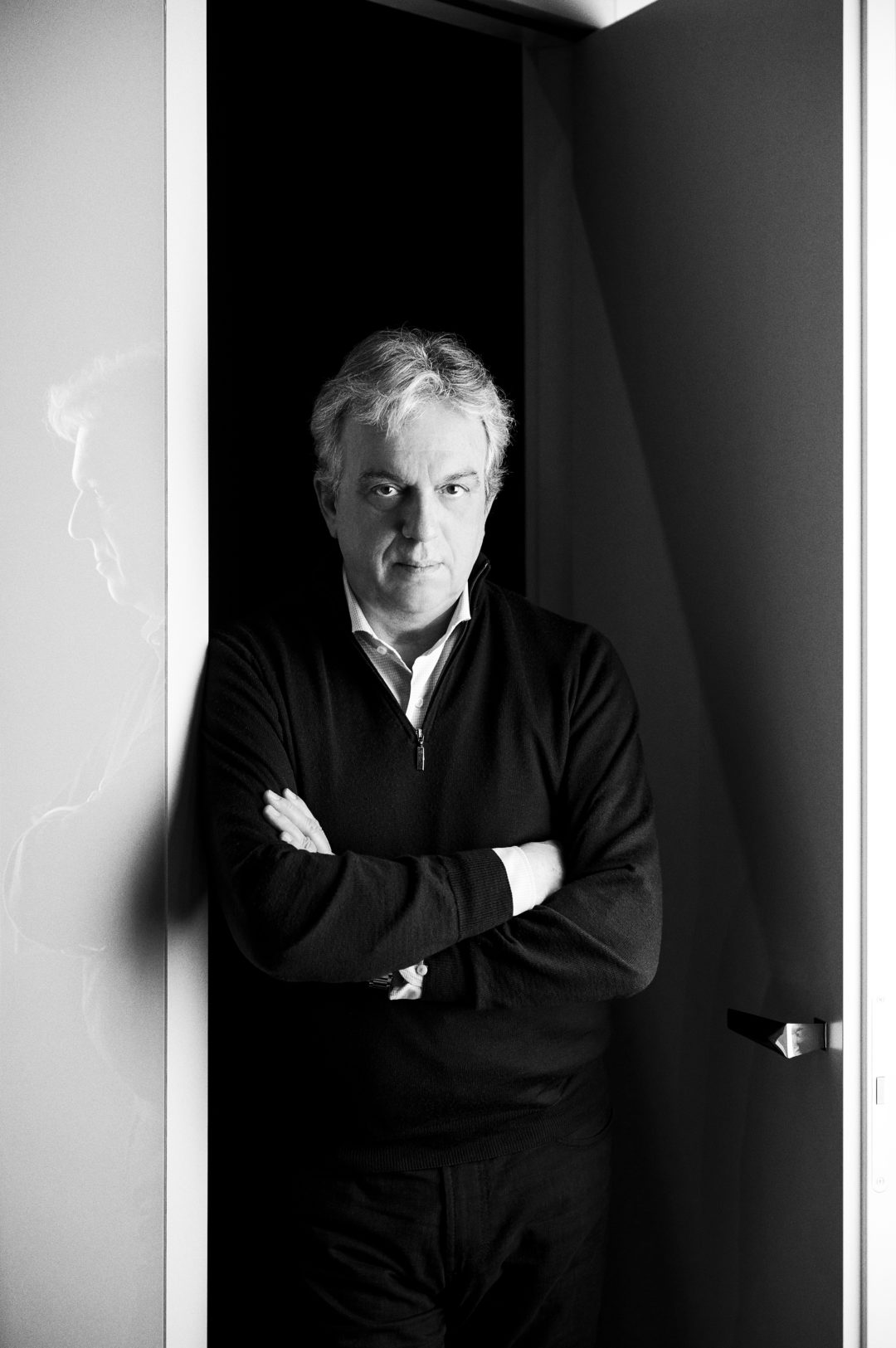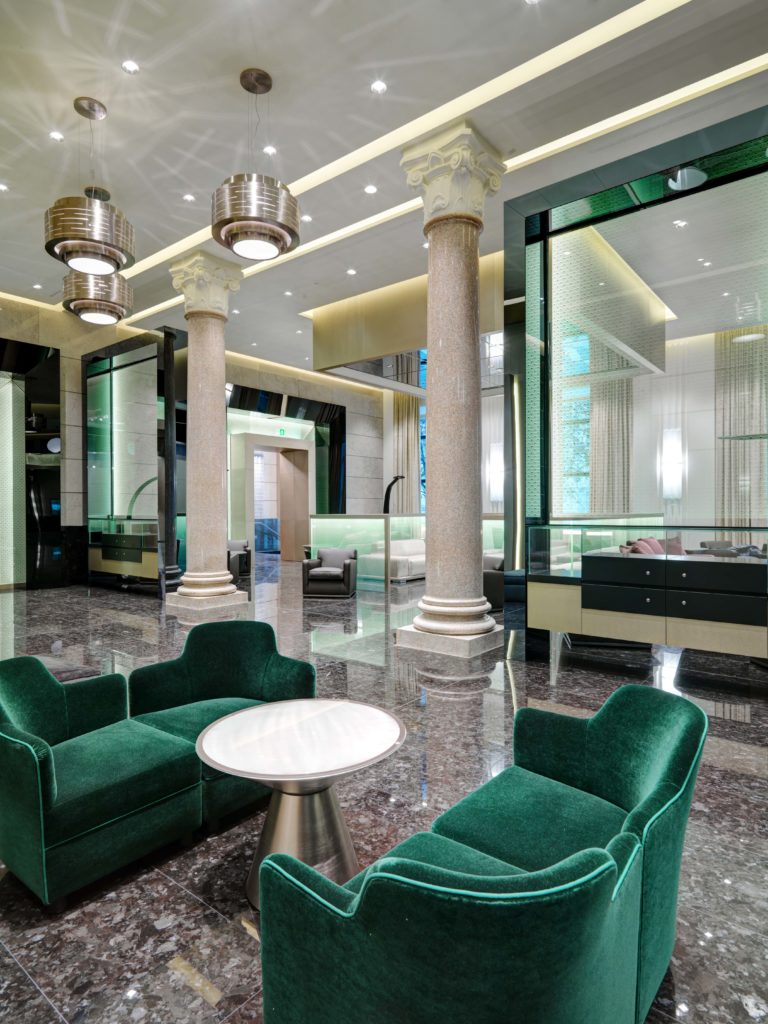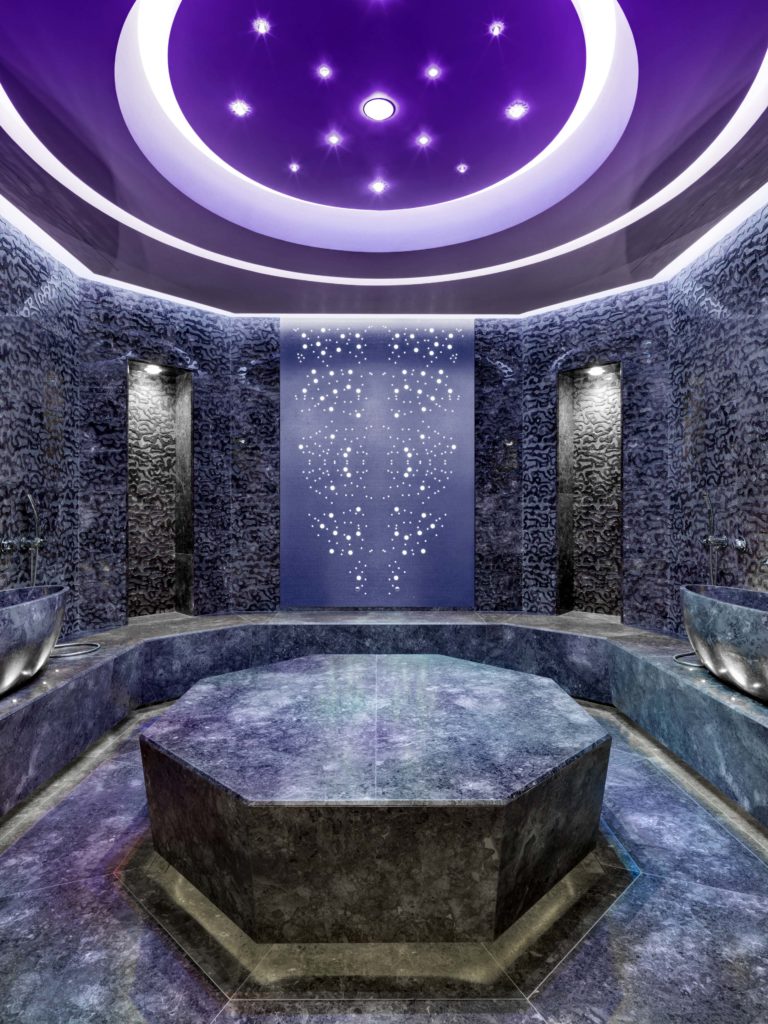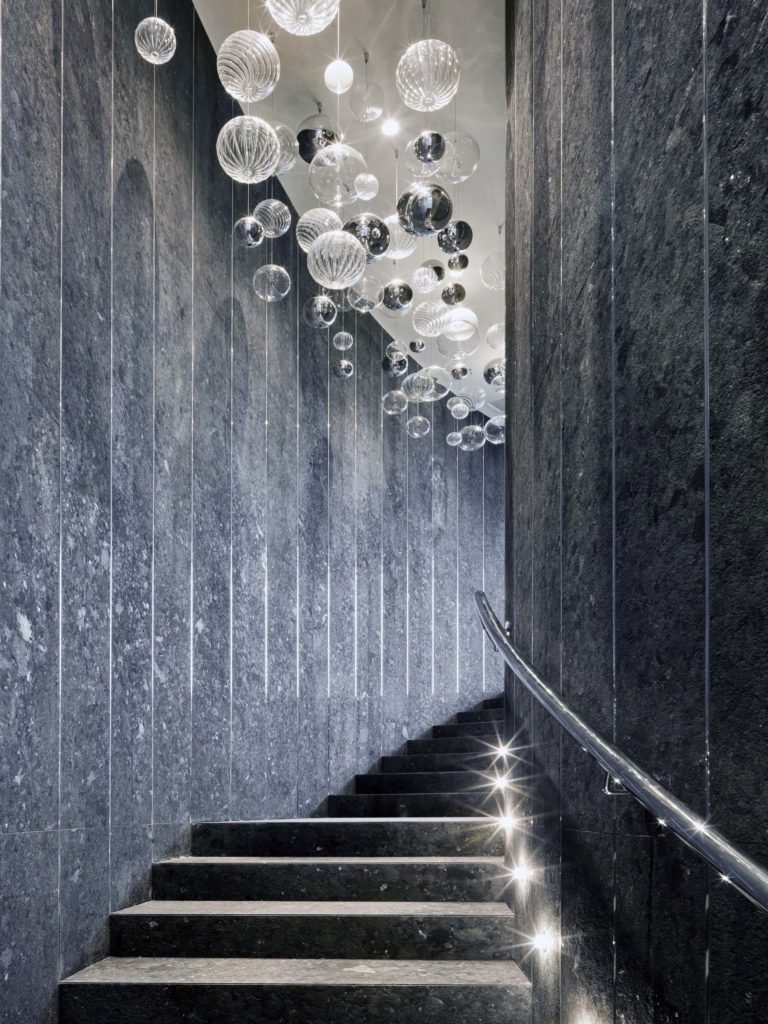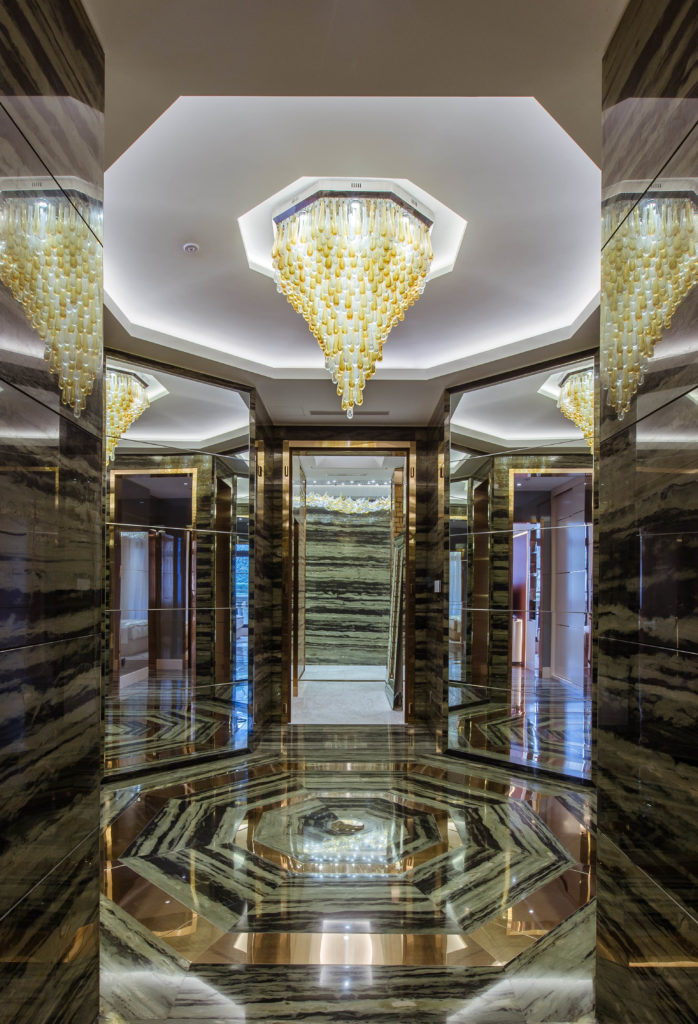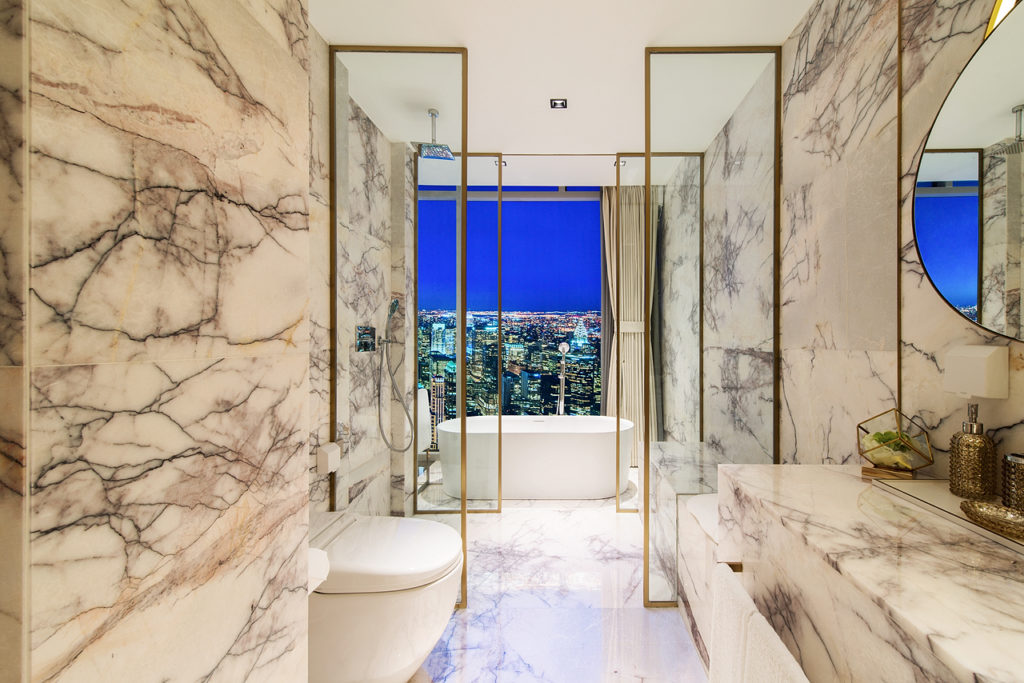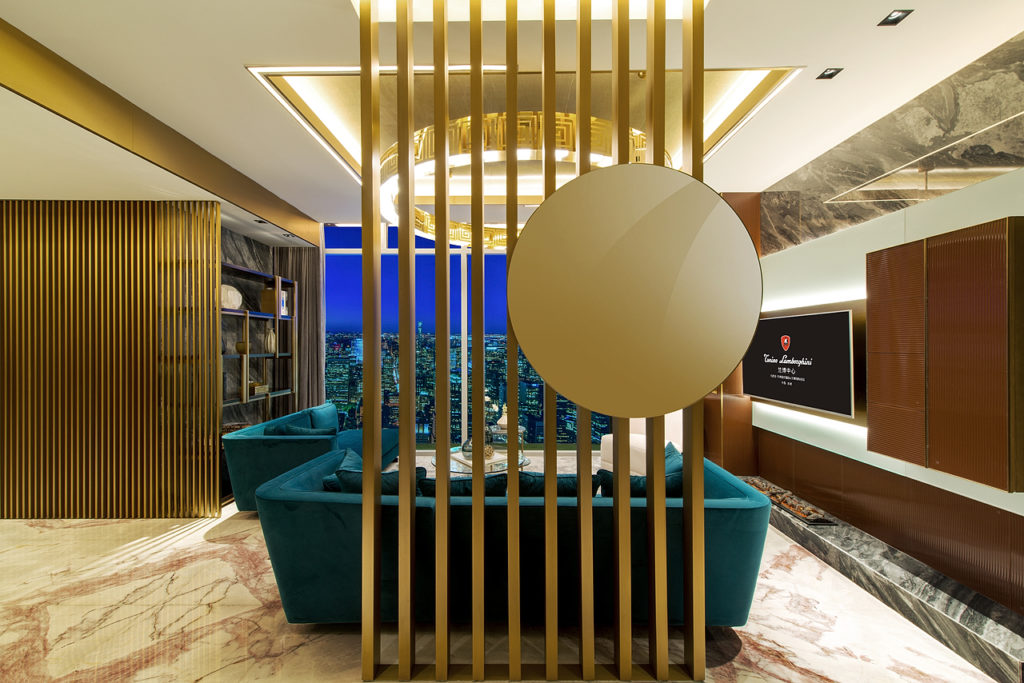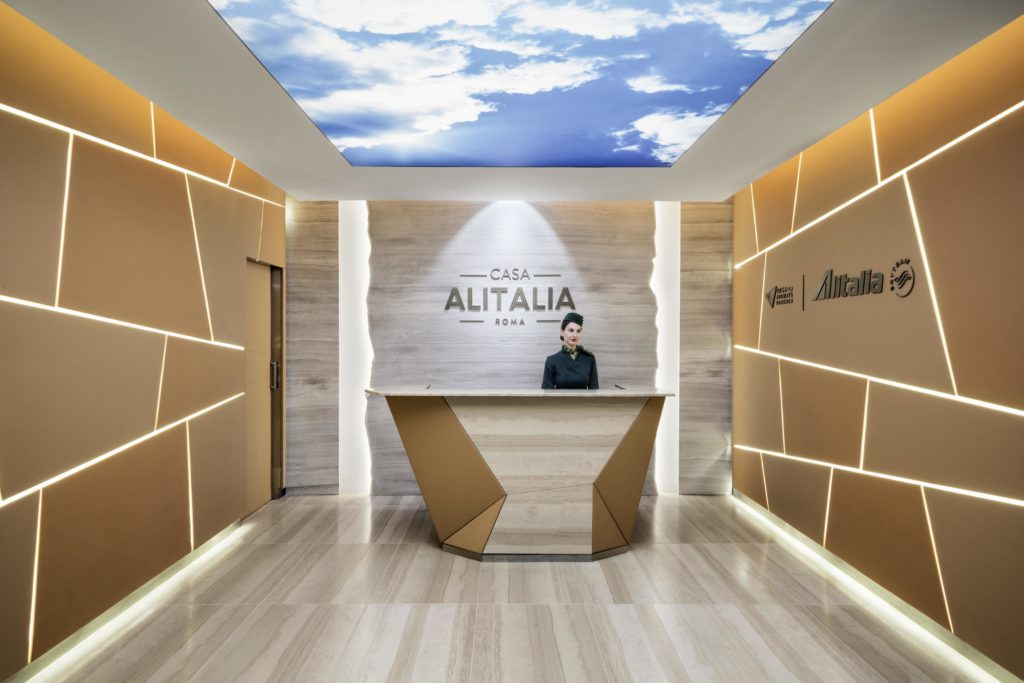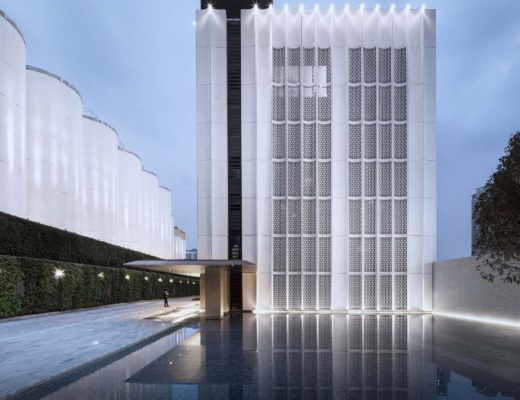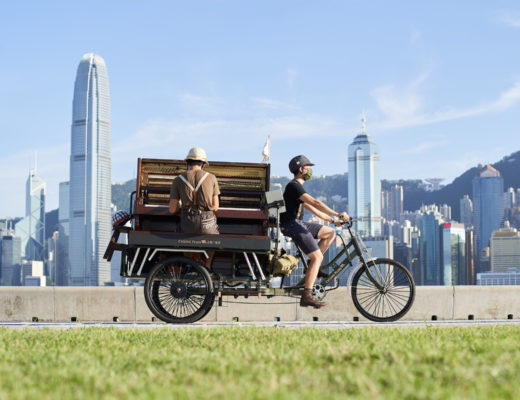Renowned Italian architect Marco Piva, known for his modern Milanese design sensibilities, has worked on projects around the world from Moscow to Mumbai. Having designed everything from bathroom furniture to buildings, Piva recently visited the Lion City as a guest speaker at International Furniture Fair Singapore (IFFS). DE51GN spoke to the acclaimed designer in an exclusive interview.
Q: Have you been to Singapore before? What do you think of the city’s design scene?
A: Yes, I’ve been to Singapore years ago. This city is absolutely unique. Everything is perfectly
organised and settled. The greenery is very well laid out and maintained in every corner of the city,
even on the highways. In Singapore, you breathe an international feeling, and I found it really interesting
that every time you visit the city, you can see it from a different perspective.
Q: What did you think of IFFS 2018?
A: My personal thought about the fair is that it has all the cards in hand to continue growing, there is an
immense potential in the field of furniture for the Far East market and Singapore has the capability to
succeed, but there are still things to deal with in order to achieve this objective.
For example, some of the products that were presented at the IFFS were quite interesting, but
research should be essential to create unique products, using the available manufacturing technologies.
I was expecting to see more research and innovation, which is what you’ll see in the Italian pavilion in the Fair,
with a selection of Italian manufactured products that are always appreciated worldwide.
Another point, the young designers with innovative ideas had the opportunity to present their products
on a very limited area of the fair. In Milan, during the Salone del Mobile, we have the “Salone
Satellite”, a special and big area of the fair, which allows the young generations to show their potential. I
believe that Singapore too shall host some young designers and facilitate the potential business
relationship between young designers and furniture suppliers.
Finally, I believe that the products presented in the fair should have a luxurious setting, to allow the
customers to experience true luxury and quality design, as this sector is growing very fast in the Far East as in the rest of the world.
Q: Have you collaborated with any Singapore companies or brands yet?
A: We haven’t collaborated yet with Singapore brands but we believe that it could be possible to have
some potential future cooperation with the highest quality brands for the Far East region projects.
Q: Do you have a favourite building in Singapore? Which one and why?
A: The Esplanade – Theatres on the Bay is so magical at night with its reflection in the water. It is a
performing arts space, consisting of a concert hall, theatre as well as a library, outdoor performing
spaces, and a shopping mall.
It was amazing also to stand on the 57th floor of the Marina Bay Sands, looking at Singapore from the
world’s largest rooftop infinity pool. It has a spectacular view!
Q: Your design for Excelsior Hotel Gallia in Milan has set new benchmarks. How did you envisage its timeless design?
A: The new Excelsior Hotel Gallia is a reference to the Milanese lifestyle, featuring a unique set of dynamic
elements that have always been integral to life in the city, characterised by an emphasis on
newness, beauty, fashion and design.
We made some references to Art Deco , the preferred style of the fast growing modern society in the ’30s. With passing time, distances started to be cut short due to the faster modes of transport – trains, cars and planes.
I also found a clear and direct link with our modern communication technologies such as tablets and
phones, where black glasses suddenly transform in multifunctional, polished or brushed
metals frame screens. I tried to connect these elements to the evolving history of Milan, a city known in the world for its artistic heritage, with La Scala Theatre, Brera Art Academy and the Duomo Cathedral.
Moreover, I wanted to create some small stories within the major story of the hotel extension and
renovation, offering special spaces with real meanings to the hotel guests such as the library, that
has been filled with books talking about design, fashion, art, jewellery and lifestyle; the five suites named
after five masters of design that I had the fortune to meet:, and references some famous poets who
wrote about Milan.
My project wanted to give Milan and travellers from all over the world an example of style and
elegance, excellence in its welcome and elegant hospitality.
The entire project is not linked to current trends but to a general, timeless project concept.
Q: Which projects are you working on currently and which one are you most excited about?
A: With my studio, I’m actually developing many projects all around the world. Our goal is to strengthen the network of our presence worldwide, working, above all, in the direction of masterplans to then develop the project in all its complexity, moving on to the architecture and finally reaching interior design and product development, thus creating unique, outstanding projects, from China to America.
As an example, in Dubai we are working on the interior design and architecture of several luxury
private villas. In China, we’re creating new concepts for city masterplans and luxury private interiors, such as the
Tonino Lamborghini serviced apartments.
In Beverly Hills, Moscow and Mumbai, we are working on private luxury properties, while in Algeria, we are doing a five-star luxury hotel interior design.
In Italy, I’m working on the interior design of a project called Domus Aventino in Rome
for BNP Paribas, a leading bank in the Euro zone. We are also working on the architecture of very important
buildings in Milan and Venice, in addition to the interiors of a hotel in Rome and in Matera, and I’m continuing
my collaboration with Alitalia, the Italian National airline, for launching two new lounges.
Q: You’ve designed everything from luxury products to interior architecture. Which process do you enjoy the most?
A: My design work cuts across architecture, interior design and product design – a characteristic that
could be considered typically Italian. There is no preferred process, the results are evident in everything we work on. Architecture, interior and product design merge in a synchronistic process to reach a unified oeuvre, which assures continuity and fluidity of language in both stylistic and functional terms.
I like the continuity and the harmonisation of all parts of the buildings, architectural volumes and inner spaces.
I feel like I’m enacting the role of the director of an orchestra, where music or the project is conceived creatively. That’s my enjoyment.
Marco Piva photo by: Filippo Avendero

